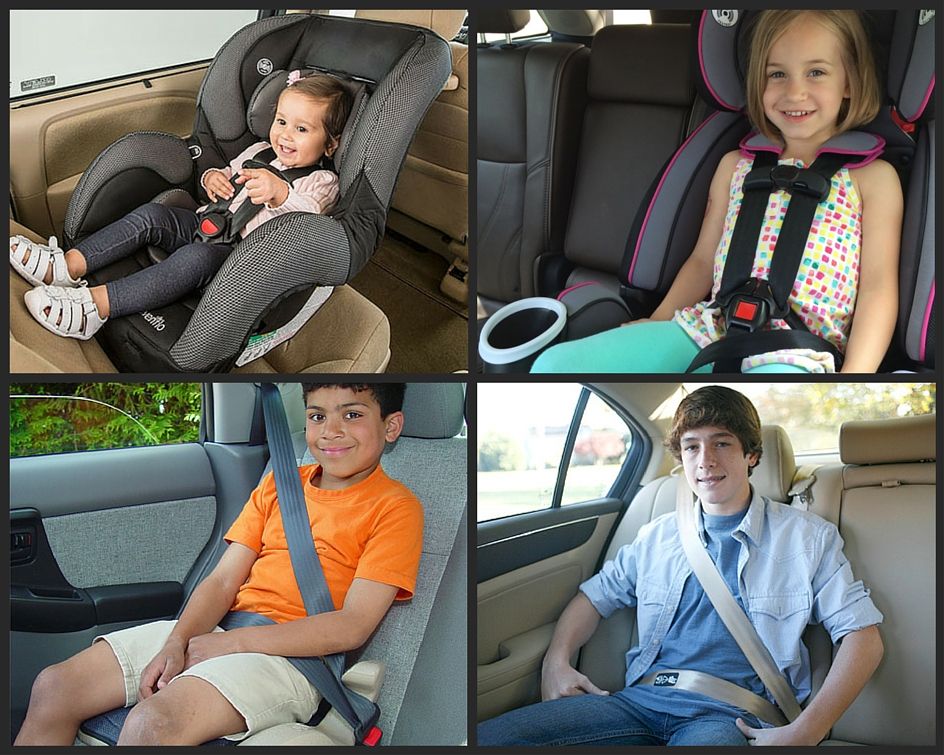Which Car Seat For Which Age?
Is it time for your child to graduate into a different car seat? It can be confusing, particularly for new parents, to determine the right seat for their child at each stage of development.
Don’t fear, Tot Squad is here! Certified child safety technician and founder of Tot Squad , Jennifer Beall Saxton gives us a guide on how to make the right decision.
Rear-Facing Car Seats
Rear-facing seats include both infant seats and a convertible car seat. Children should be in a rear-facing car seat until at least age 2, but ideally until they outgrow the height and weight limit of their specific car seat.
- Position the harness straps at or below your child’s shoulders.
- Position the chest clip at the child’s armpit level.
- Ensure the seat is installed at the correct angle.
- Using an infant seat? Make sure the handle is locked in the travel position.
- Worried about your child’s legs? Don’t be! Your child can rest their legs in whatever position is most comfortable.
Front-Facing Car Seats
Your child should be at least 2 years old or have outgrown their rear-facing seat before switching to a forward-facing seat with a 5-point harness. Most children will outgrow their seat in height before they reach the weight limit.
It’s time to change seats if your child’s head is less than one inch below the top of the car seat shell when seated or if the harness straps (at their highest position) no longer fall just below their shoulders.
- Position the harness straps at or above your child’s shoulders.
- Position the chest clip at the child’s armpit level.
- Ensure your child’s ears are below the top of the shell.
- The top tether should be attached to the designated anchor point.
Booster Seat – Your child should be at least 5 years old, have outgrown their 5-point harness and be mature enough to sit properly before moving to a belt-positioning booster seat.
- Shoulder belt should fit evenly and smoothly across your child’s torso.
- Shoulder belt should be positioned at or above the child’s shoulders.
- Lap belt should be positioned low on their hips and touching the tops of their thighs.
- If using a backless booster, your child’s head should be supported with the vehicle headrest - at least to the tips of their ears.
- When child is not in the vehicle, make sure to secure the booster seat with a seat belt or lower anchors. If you have lower anchors it can be used at all times to secure the seat, not just when the child is not in it.
- Child should be mature enough to stay seated without leaning out of the seat belt or unbuckling it for the entire ride.
Seat Belt Alone
Your child should be at least 8 years old and pass the 5-step test below to use only the seat belt.
- Child is able to sit all the way back in the vehicle seat.
- Their knees bend comfortably at the edge and their feet are flat on the floor.
- Shoulder belt fits comfortably across their torso and crosses the collarbone.
- Lap belt fits low on the hips and at the top of the thighs.
- Child can stay seated like this, comfortable for the whole ride.
To sum up, it is important to take your child’s age, weight, and height into consideration when deciding which seat is the best fit! And visit Tot Squad anytime for all your baby gear info, installation, and cleaning needs!





